Hidden Humanity: An Interview With Alberto Ros
1 8 Share TweetAlberto Ros is a Spanish photographer who grew up surrounded by photography. He became a part of the photography world early on, and he has been fascinated with it ever since. His project Hidden Humanity will take your breath away and raise many questions regarding the society we live in.
Darkness and light lie within every each of us and Alberto wanted to emphasize that through this stunning series. In this interview, he shares his story behind these photos and talks more about the Wet plate collodion process that he was using in order to make these stunning photographs.

Hey Alberto! Welcome to our magazine! When did you start your photographic journey? What made you fall in love with photography?
Hey there Lomography! It's a pleasure to be in your fantastic magazine. Well, I began when I was a child. My father had industrial photographic laboratories called Ros Fotocolor so I was always surrounded by photography. An exhibition that Blanca Berlin, my art gallerist, organized with three generations of my family ends this week. The exhibition is called "Ros, a photographic name”.
It contains photographs of my grandfather, my uncle and myself from 1917 until today. It's very special exhibition for me. I remember when my father showed me the printing photography process at our home lab. He always said me that photography was magic. You put a white paper on a chemical and you could see how the image was appearing. It's a unique feeling! That's when I fell in love with photography.
What was your very first camera? Do you still keep it in your possession?
My first camera was a used Olympus OM1 with a Zuiko lens from my father. Yes! I keep it with me, also I shoot with his Rollei flex and Graflex Speedmaster.
How would you describe your personal photographic style?
I look for a personal style to define me as an artist. I try to focus myself not just on what I see but on what I feel. My photography is expressionist because it is based on feelings.

What’s your creative process like? Where do you find the inspiration to make such a unique photography work?
I always draw my photographs first, it is essential for me. I really don’t know how I get those images in my brain but when it comes out, I draw them in my notebook and then I try to replicate it in my photography. Also, I need to do it because shooting 20x20 inch tintypes is hard and expensive so I can only do one-two shots, no more. If I don’t like the image at the second shot, I forget it. In this process, light is essential to create that scenic tension. I like the darkness that invades the photographs contrasting with lights that highlight certain details.
You have had a special connection with photography ever since you were a child. How did photography influence your life and you as an artist?
Living surrounded by photography can be a little overwhelming and sometimes you loose interest. This happened to me when I was a teenager. What was once special turns into something regular. My career is more about the audiovisual world. I am a director and a producer but I never stopped taking pictures. My artistic passion came back a few years ago, when I got tired of my work. The art market is nearly as complicated as a human being, capricious, complicated and passionate.
Can you tell us more about the series of photos you took called “Hidden Humanity”? What was your story behind this?
A few years ago I discovered the wet plate collodion process and that’s what really marked my work at Hidden Humanity, a very personal tintype set that reflects my point of view about the dark side we all have and that is confronted with the social standards that mark our homogenous societies. We are a complex species, made out of emotions and confronted feelings.
The part that I am most interested is that side of conscience we cannot control and that can get the best of us in many situations: sadness, love, depression. I think that conscience defines us as species, but it also makes us unknown to ourselves. In my case, there are aspects of myself that I don’t want to look I further.
There is a certain darkness that impregnates all photographs, but there is also a glimpse of light in every one of them. Was this your way of saying that all humans have a little bit of both within themselves?
That’s it. We are shadows and lights, we are love and hatred, happiness and sadness. But we are controlled by what surrounds us, by the political power. Who wants people with different ideas in a homogenous society? From a social point of view, it makes sense: we look for that unique thought, the debate of the absurd.
It’s always been said that you can see the reflection of the soul in people's eyes but in this series, I try to leave them out to raise the tension of the scene. A hand over your eyes is an effective way to strip away our most precious sense, a symbology of what society does with us: Don’t look, don’t think, don’t reason, be happy. It is also a way of protecting ourselves from the cruelty that surrounds us.
Which technique were you using in order to make your photographs look like that?
I work with Wet plate collodion process. It is an amazing process full of issues but the image you get is unmistakable. I wanted to do big tintypes, so I ordered my 20x20 inch camera, I melt 2 kilograms of silver to do my own silver nitrate and step by step I bought vintage lenses, developing trays, all kind of chemicals. I almost went broke but here I am.

What’s a day like in the life of Alberto Ros?
Work, work, work, and family. I love my routine and I definitely love my family. What I would really want would be to make a living out of my artistic photography, but it is really hard mainly because of how complicated the art market is. Right now, I am content if I could keep my photography vices.
Do you have any upcoming projects you would like to share with us?
Now I am working on a set of photographs printed into leafs with an amazing 100% natural process. I call them Chlorophylltypes. It is based on Calotypes. The series is about Tao, a way of life that you can learn at Lao Tse’s books. I am also beginning a series of portraits with a Carbon transfer print process that is going to be amazing. It will be a great technical and creative challenge.
All photographs shown in this article were used by the permission of Alberto Ros. If you want to see more of his amazing work, check out Alberto's Website.
écrit par Ivana Džamić le 2017-04-19 dans #Gens #society #albertoros #hiddenhumanity




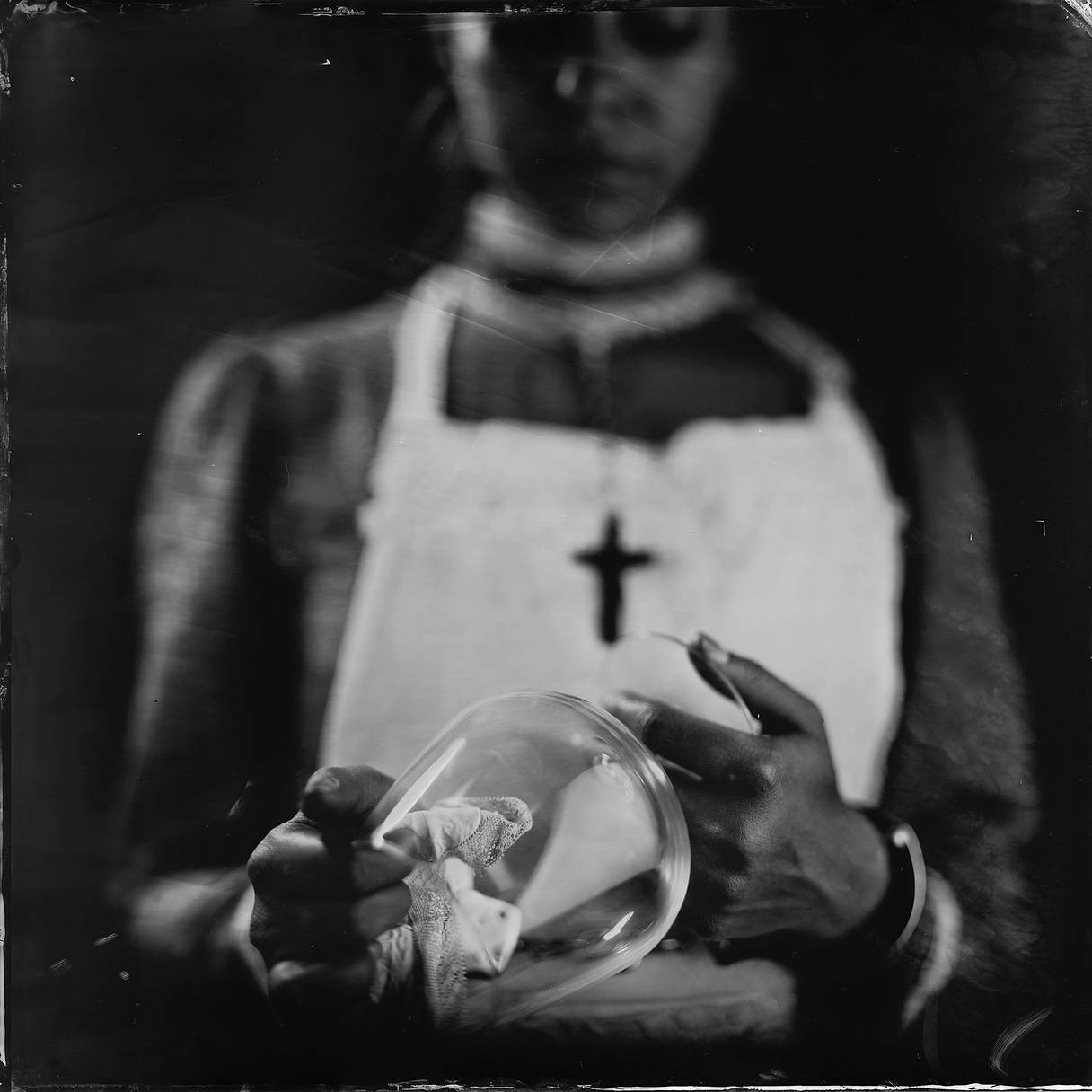

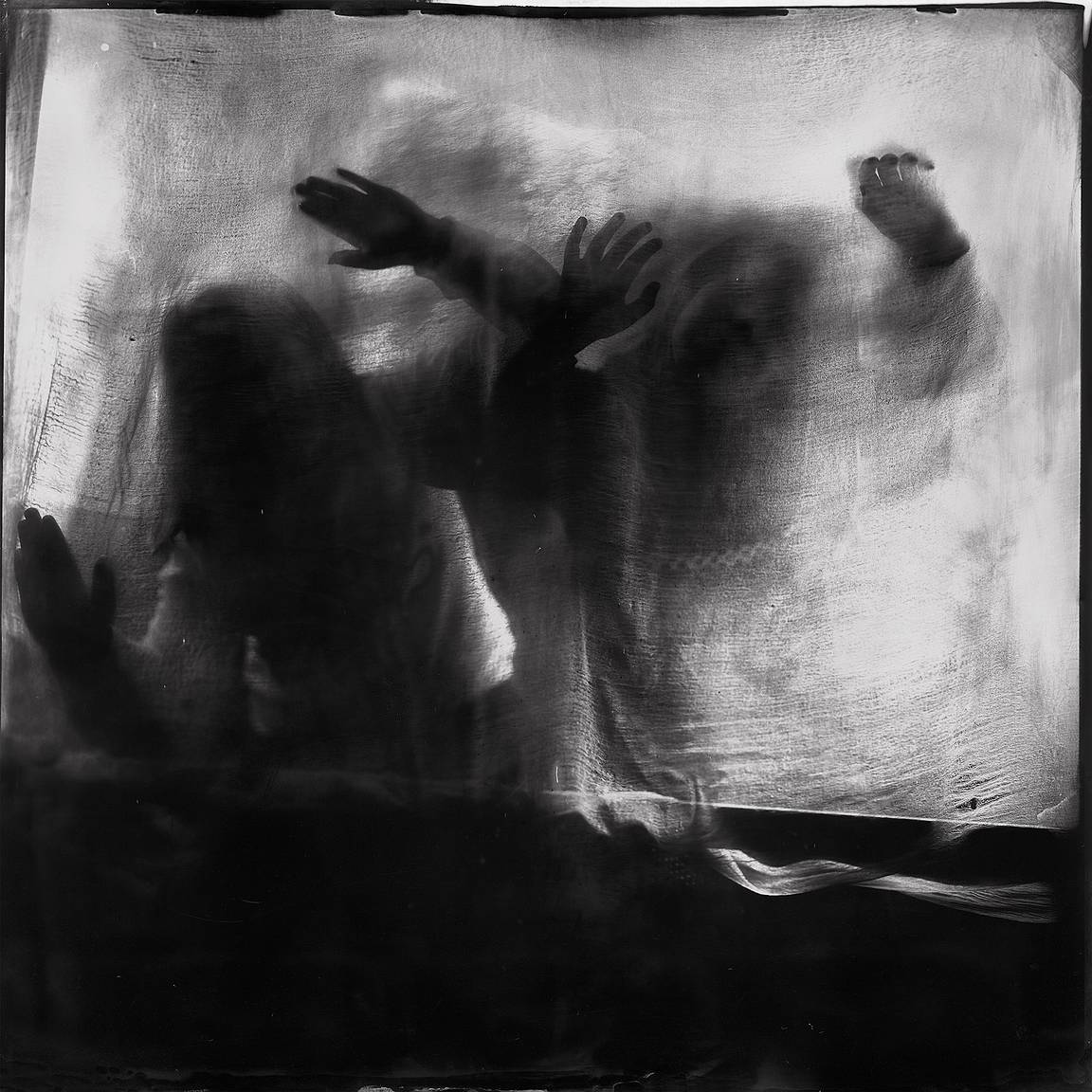
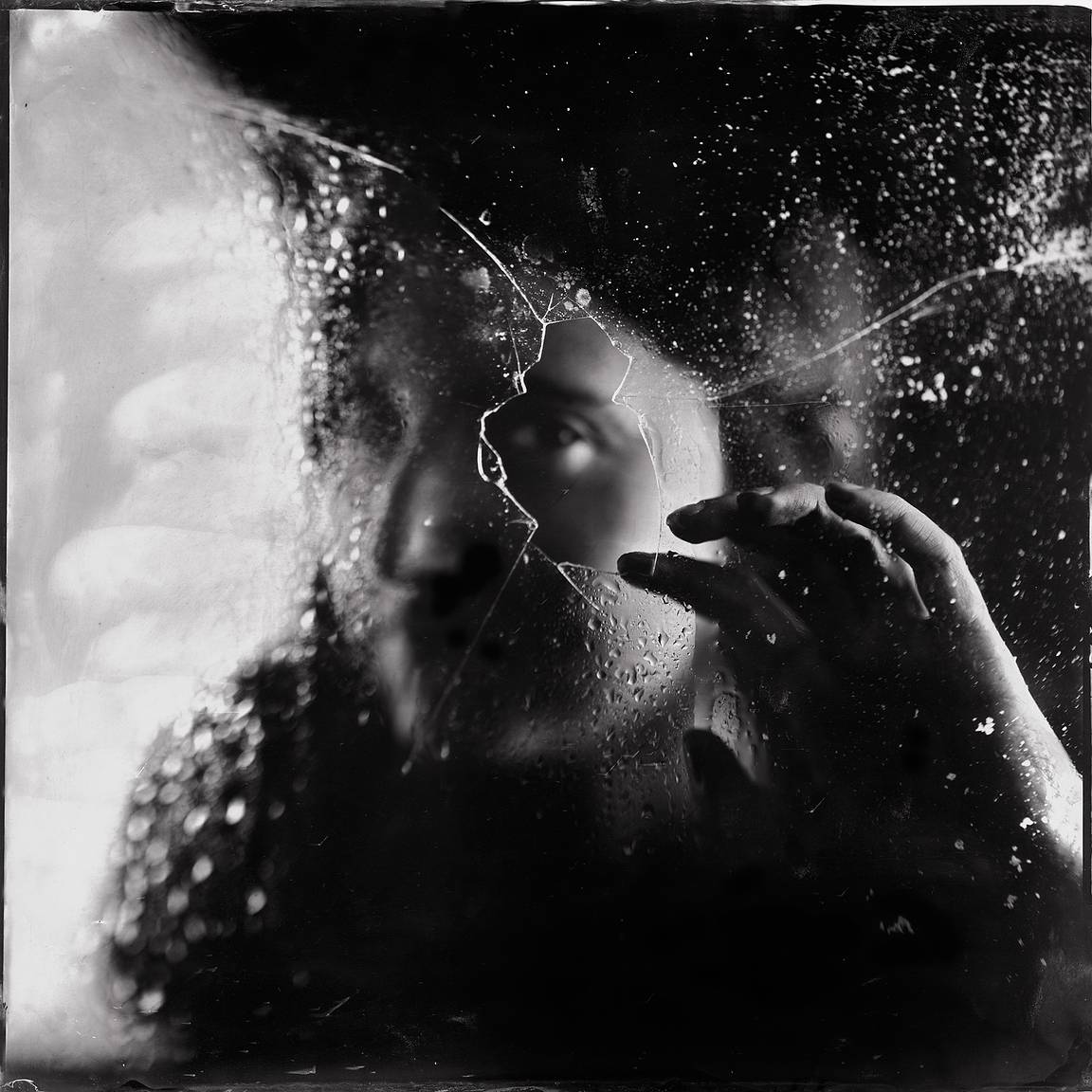
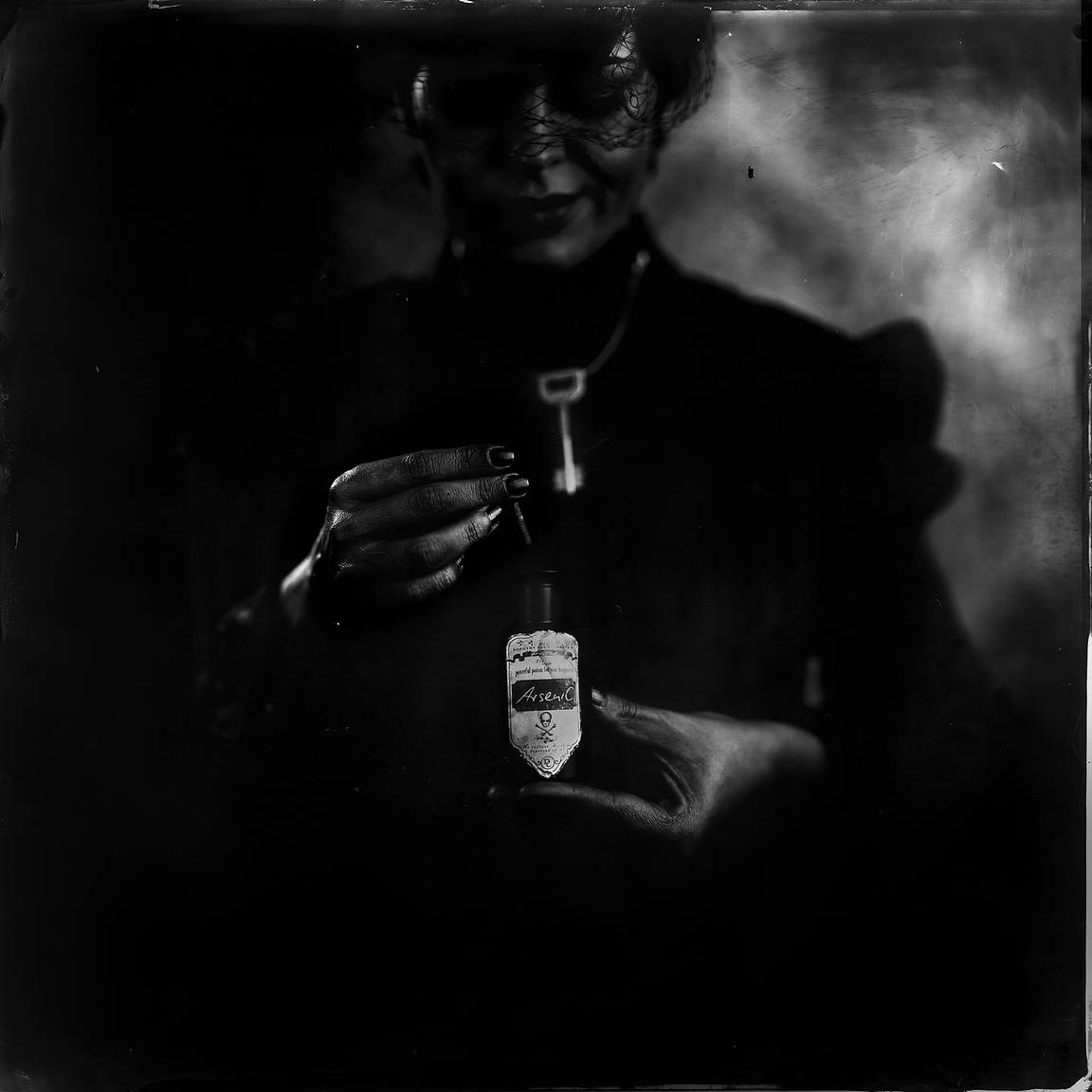














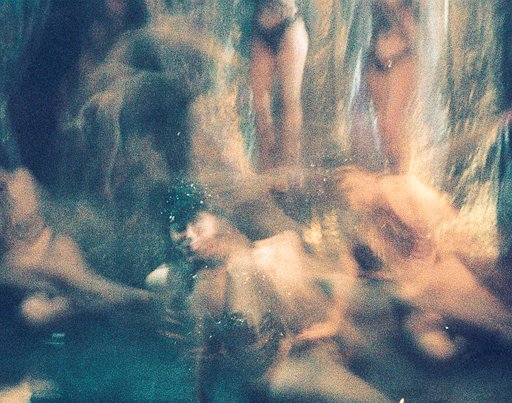
Un commentaire